The Home Addition Shortcut: Convert a Porch, Attic, Basement or Garage
Topic:
Home Addition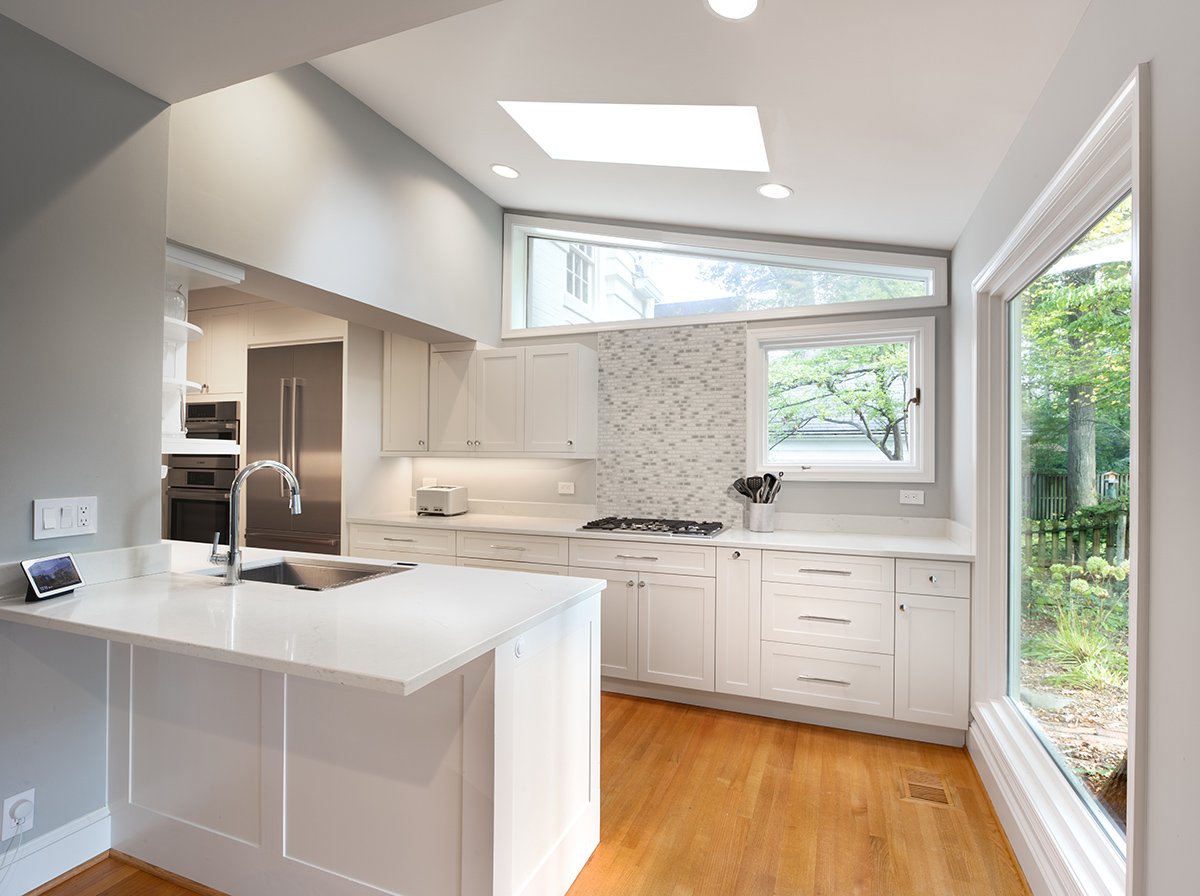
There are so many reasons to build an addition: Your family is growing, and you work from home at least a few days a week. Gone are the days when you took the Metro to Adams Morgan or Georgetown into the wee hours of what seems like every other evening. Home truly is where your heart is, but you just need a bit more room.
But setbacks on your lot are tight, and the more you look into it, the less realistic building an addition seems to be. Along with zoning regulations that may inhibit the building of an addition, there also may be historic preservation requirements that either don’t allow for additions or necessitate the use of materials that are prohibitively expensive.
What are your options? You could move, but the family is pretty settled here in this neighborhood you picked out with not just a little bit of care.
The answer may be literally right in front of you, in the underused space on your porch, in your attic, your basement, or garage. Could these spaces really be an answer to your space shortage? Here are a few things to consider as you weigh this option.
Do I Really Need an Addition?
Sometimes when you think you need an addition, the answer may be right in front of you. But it starts with asking the right questions. The first question: can your needs be met by remodeling existing space?
The answer might not be simple and direct. With a car parked in the garage, along with lawn equipment and boxes full of – well it says “KITCHEN” in Sharpie but that was two moves ago, so who knows what – you need to think through where things will go if you remodel. The same goes for the attic.
In some ways, the porch is easier to think about. It is likely used almost exclusively as drop-off space by UPS, so enclosing it can really open up possibilities.
So, you need additional space, but you’ve determined that a new addition is not feasible. Now the question becomes how to reclaim and repurpose some of these underused spaces.
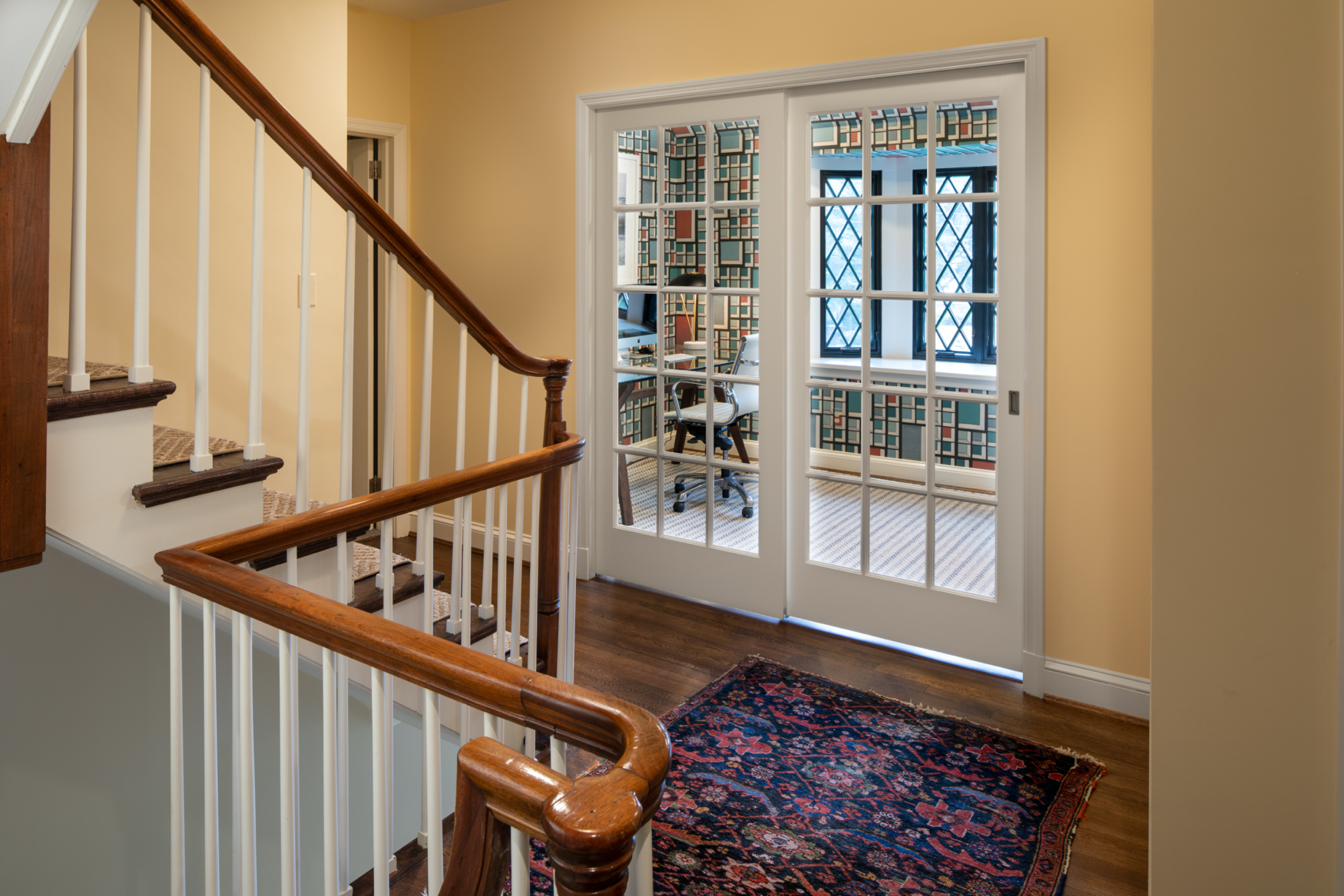
What Are the Most Common Projects When Remodeling Existing Space?
Working with someone who can help you consider your options with the space you have can save you time and money compared with building an addition. They will have experience in reclaiming and repurposing space for the exact use you need it for. Here are some of the most common projects we help clients with when it comes to maximizing existing space in your home when an addition is not possible.
Kitchen Expansion
You may be convinced that an addition is necessary for the kitchen you want. But by grabbing up some or all of the unused dining room, a kitchen and dining area can be created that works with how you actually live.
This could also be an opportunity to gain some much-needed kitchen space from an adjacent porch. Be sure to work with someone who can not just properly insulate and enclose the porch, but make sure the proper foundation and floor joists are in place to transition this outdoor space into an indoor space.
Add or Subtract a Bedroom
The perfect number of bedrooms is a moving target as your family changes over time. Maybe a four-bedroom home made sense when you bought the house, but now you don’t need the upstairs divided up into so many different spaces. That’s the stuff a remodeled primary bedroom is made of, converting a spare bedroom into a walk-in closet and larger en suite bathroom.
If extra bedroom space is what is needed, there are tons of opportunities in all three of these shortcut locations: garage, attic, or porch.
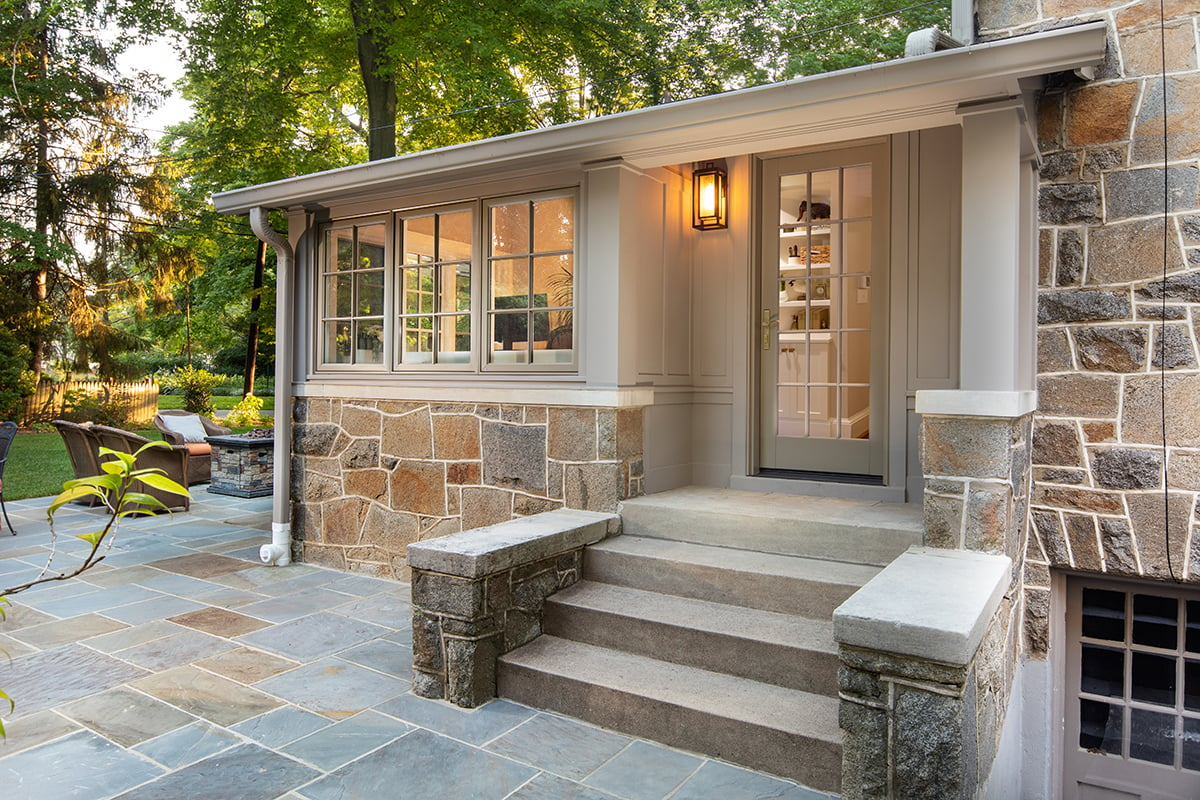
Which Underused Space Should I Convert?
Now the question becomes, which space is best for our needs? The good news is you have options. Here are a few ways we have helped clients convert their underused spaces.
Garage Conversion
First, you have to find a place for all that has been collected in your garage over the years. A lot of the stuff cluttering up your garage can be better organized in a shed out back. It’s also a good opportunity to decide what you really need and what can be sold, given, or thrown away.
With a one-car garage (where you have literally never parked a car) that can become a bedroom or office space. A two-car garage could be converted into a first-floor primary suite or family room.
Porch Enclosure
While I gave the example of expanding a kitchen into what had been porch space, the most common use of that porch space is, again, for a home office or first-floor bedroom.
Attic Conversion
An attic space is ideal for a large bedroom, two smaller bedrooms, and a bathroom. It could also be a fantastic location for a large home office. Attic renovations might involve adding a dormer to accommodate the stairway landing, or gables to add windows and a bit of headroom around the perimeter of the space. Dormers and gables are much more cost-effective than additions.
Basement Renovation
A basement renovation is often the most direct route to capturing the “low-hanging fruit” of under-utilized space. If the ceiling height is too low, you can have it raised or expand the window openings to bring in more natural light. Basements can be divided into a variety of useful spaces including:
-
- Playroom
- Workout room with sauna
- Home theater
- Home office
- Library/den
- Wine cellar, wet bar
- Guest bedroom and bath
Remember Exterior Aesthetics
While you are not building a full addition, these alternatives will still involve some work on the exterior of your home.
A garage conversion will mean enclosing the garage door openings. Good design will be needed in order to make the converted space merge with the aesthetics of the rest of the exterior and bring natural light into the new space.
With porch enclosures, you may be adding siding where there had been open space, which can alter the look of the home significantly. The placement of other elements is important. You’ll likely add windows, and you’ll need to decide whether there will still be an exterior door at the porch location, or whether to move or eliminate that exterior door.
If dormers or gables are added to an attic, again, the design needs to blend with the style of the home so it remains balanced and consistent.
Ready to Take the Shortcut?
It’s always good to know you have options. If an addition is more than you want to take on, or if it is just not possible given the restrictions of local zoning and your budget, you might have space for exactly what you need to make your home more livable and enjoyable for everyone.
To learn more about the home addition design-build process, download our eBook titled "What Every Homeowner Needs to Know About Home Additions and Whole Home Remodeling" to get an in-depth understanding. If you are considering a home renovation, please feel free to schedule a home renovation discovery session with Gilday today.
8820 Brookville Road,
Silver Spring, MD 20910
© Gilday Renovations 2025
info@gilday.com


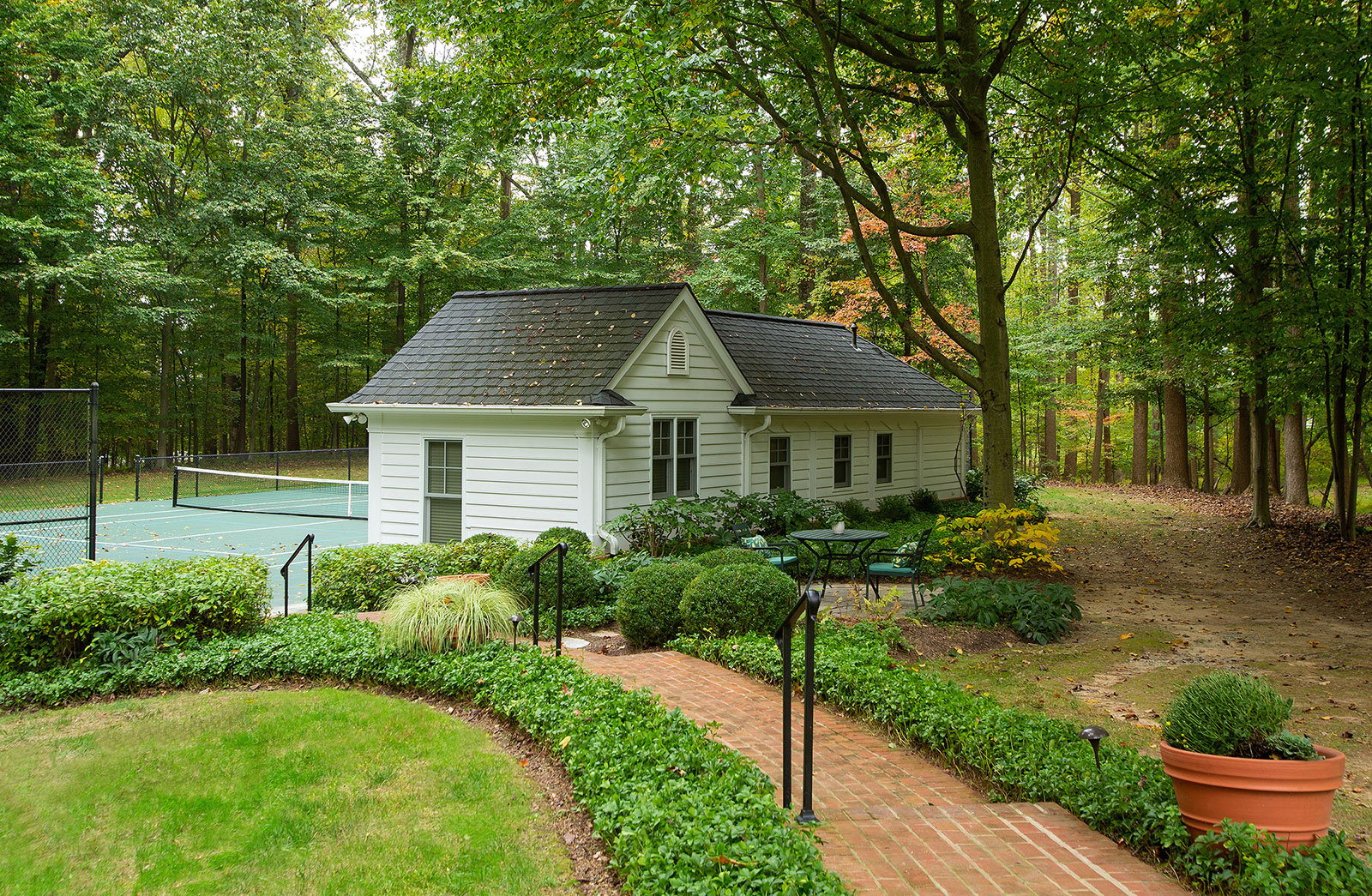
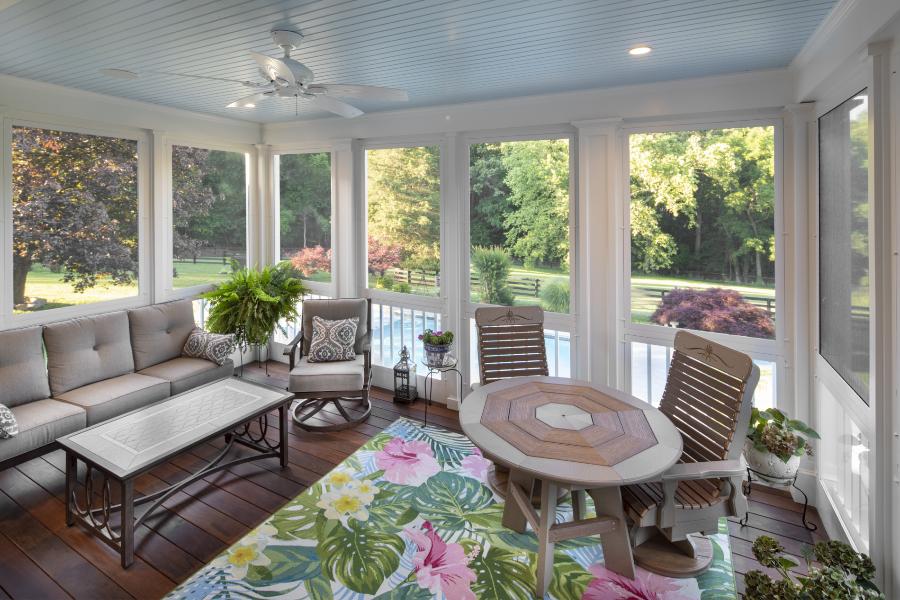
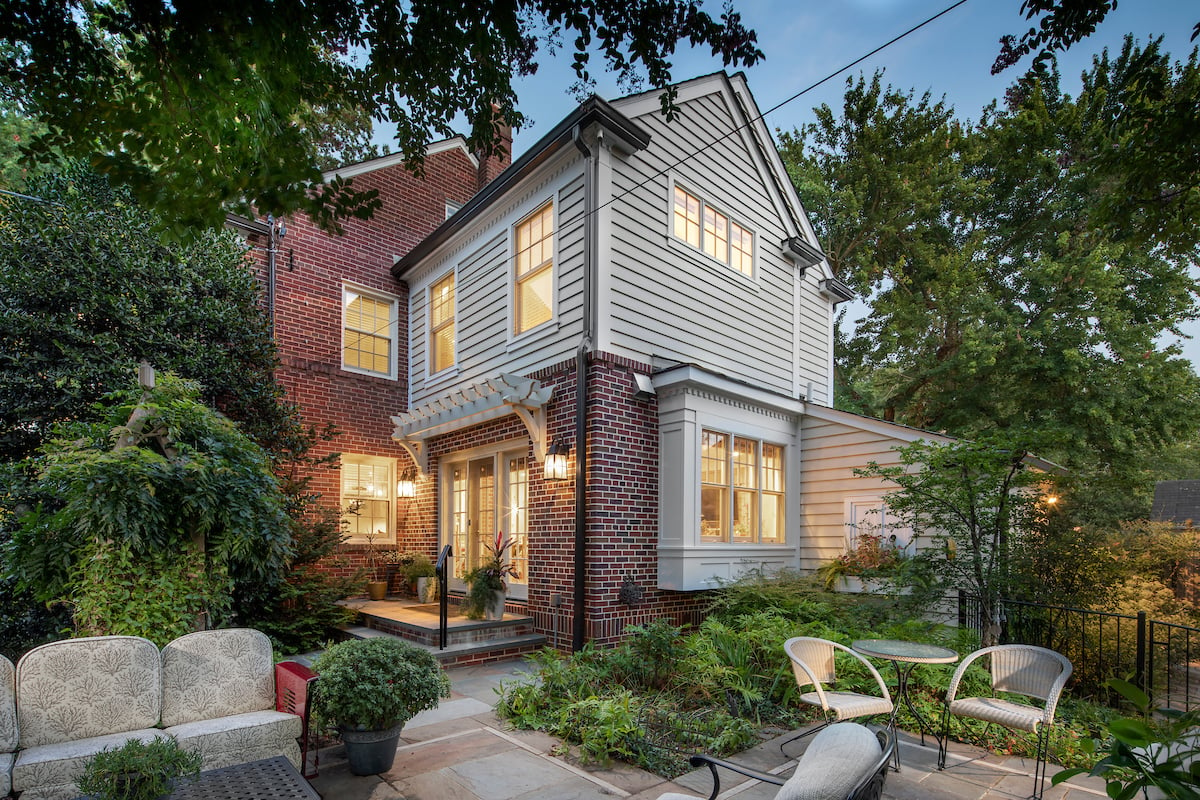
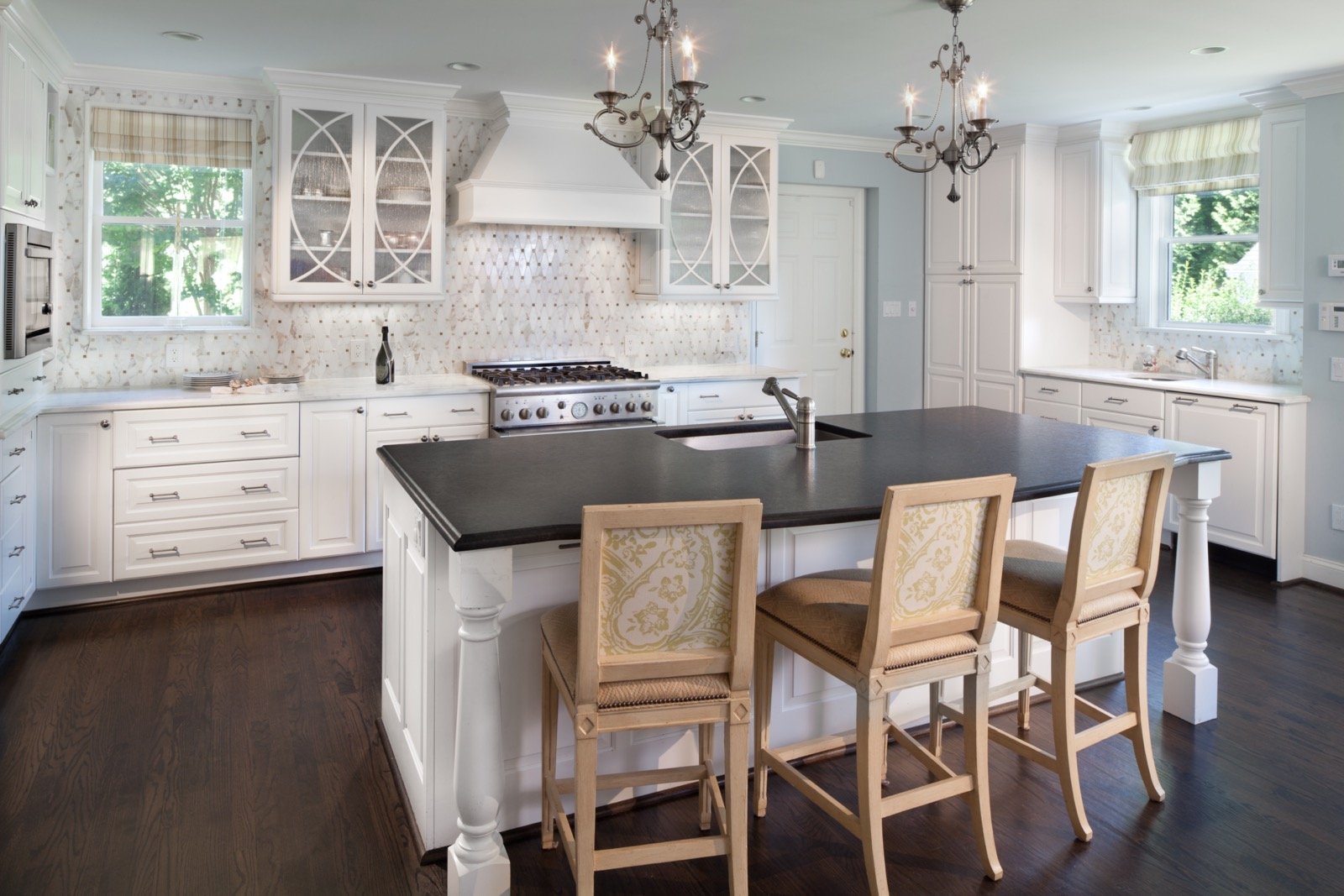
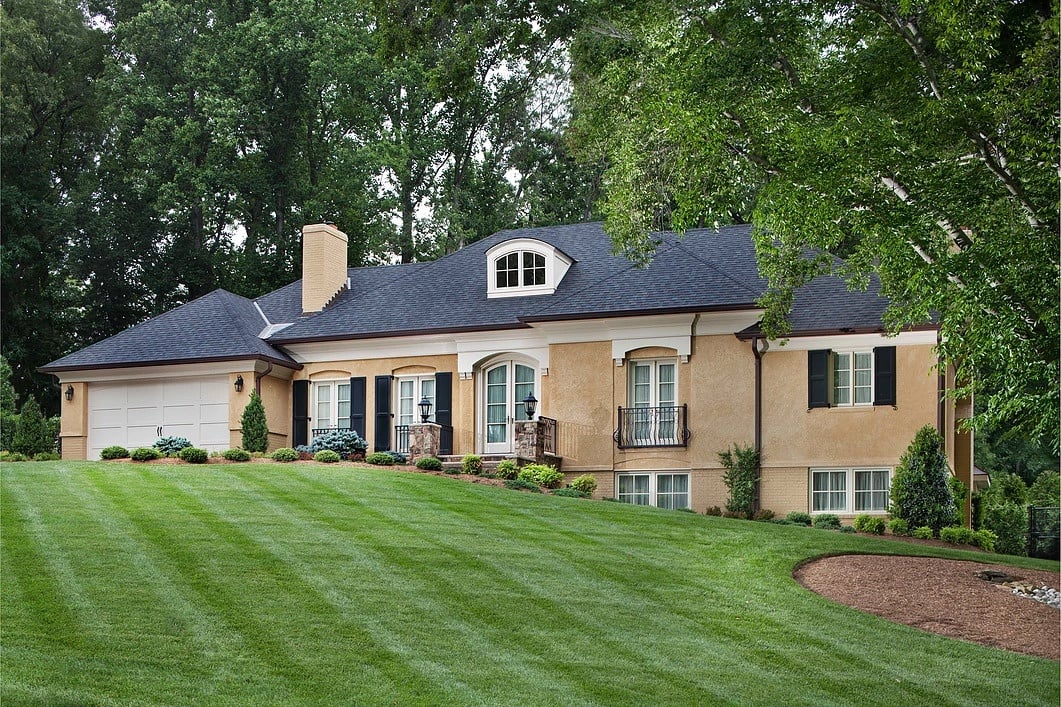
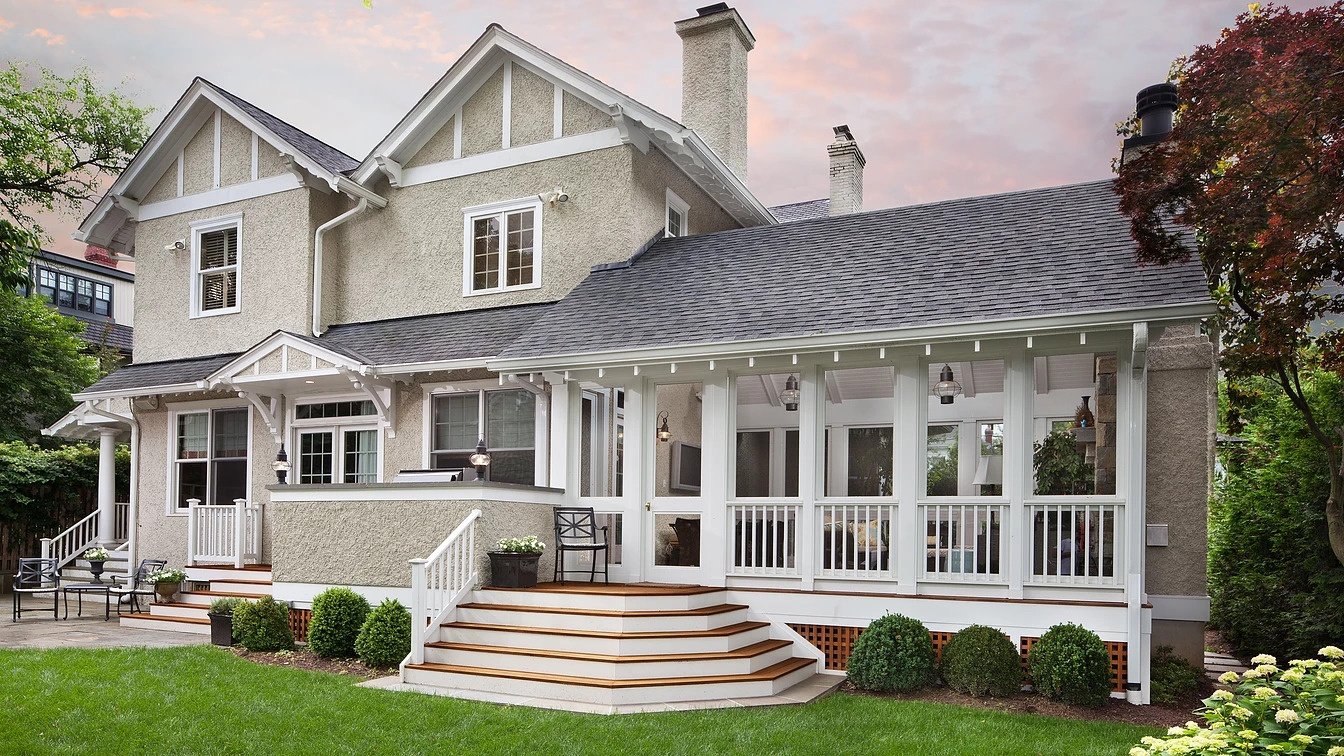
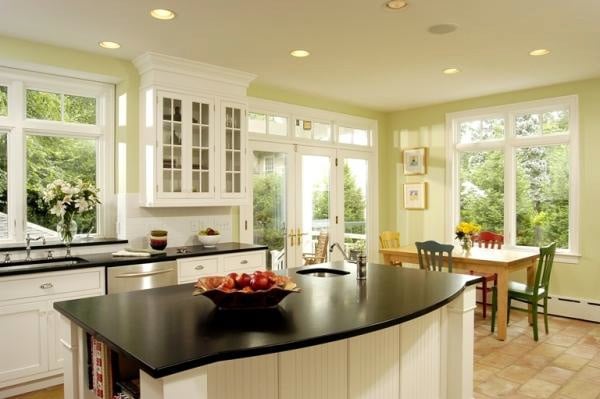
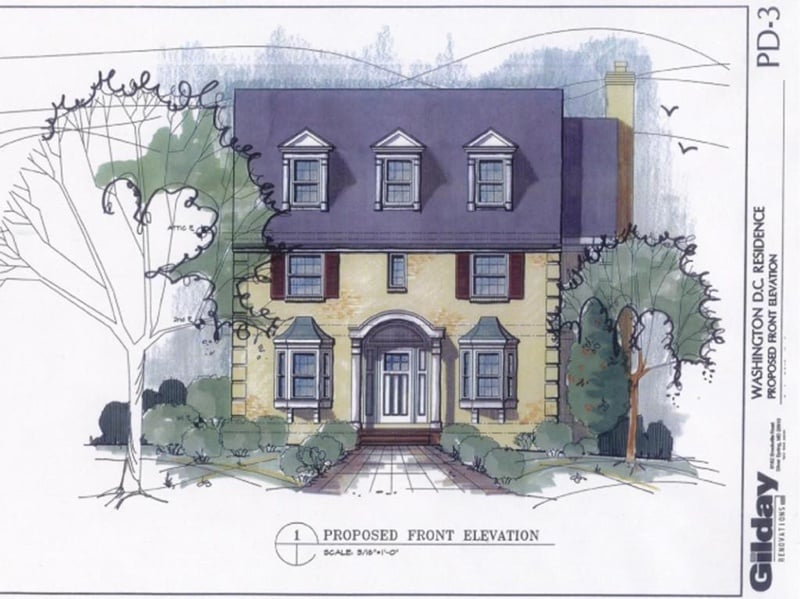
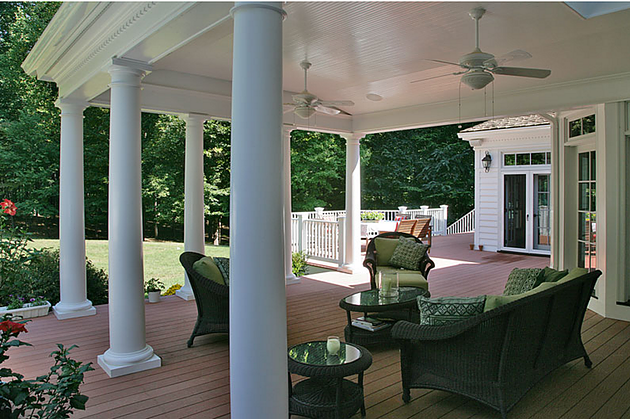
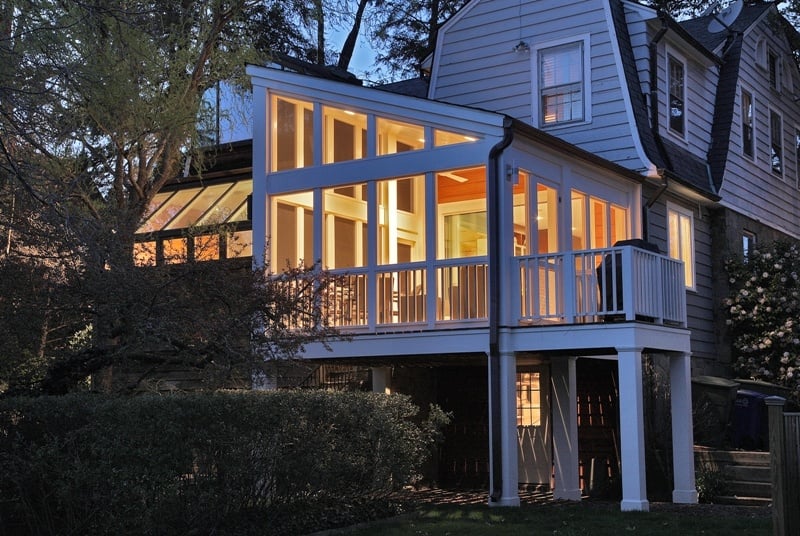
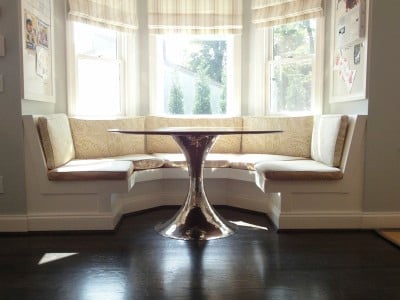
Leave a comment